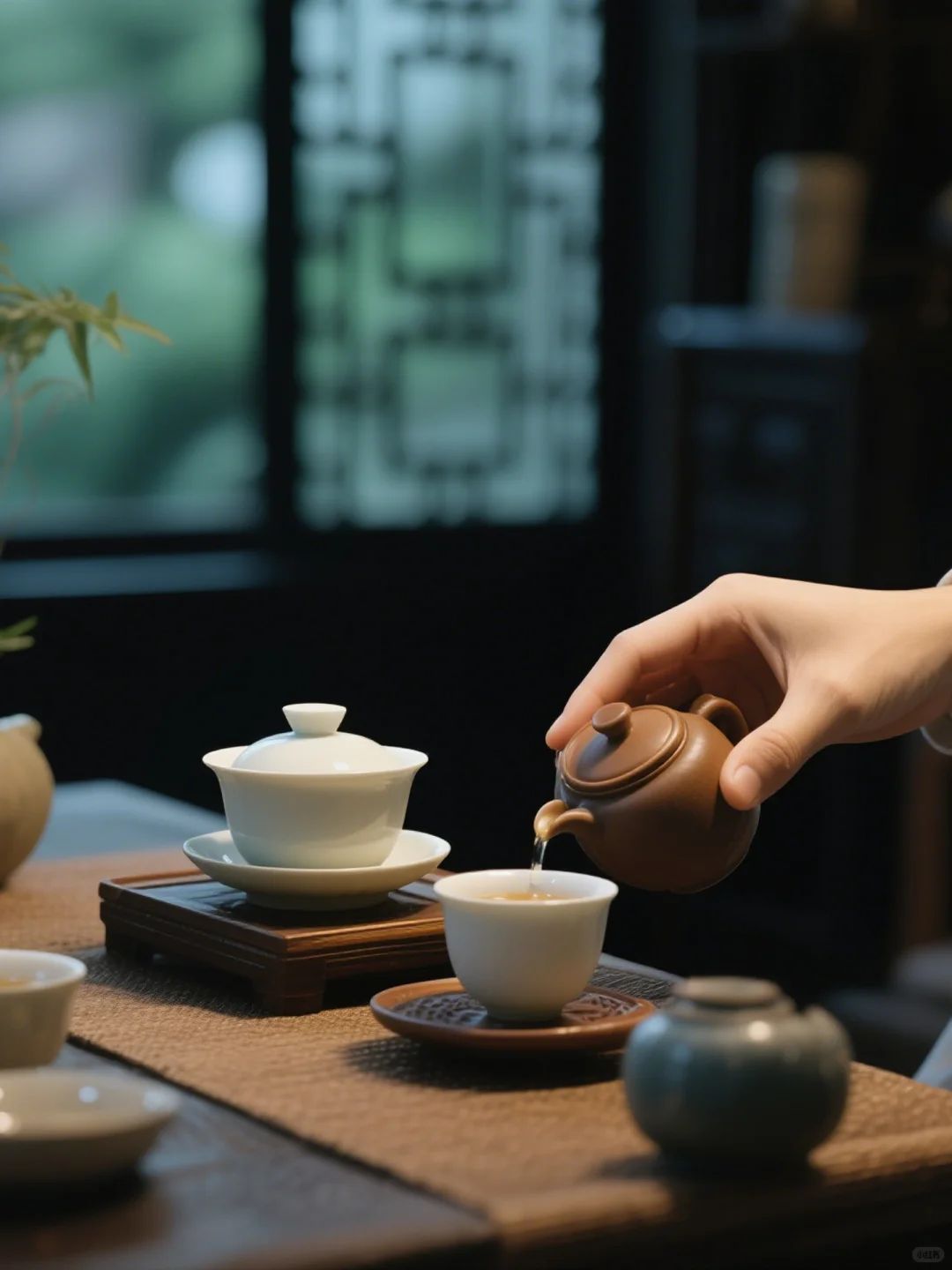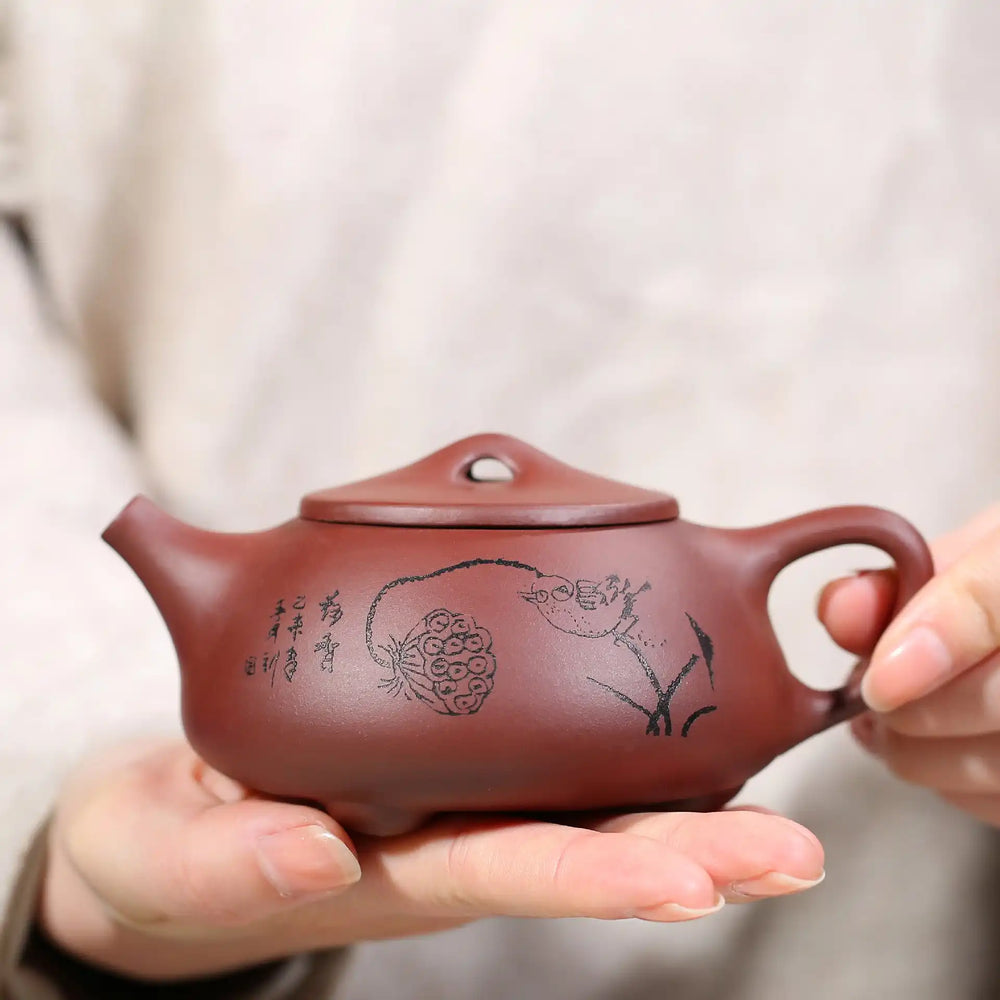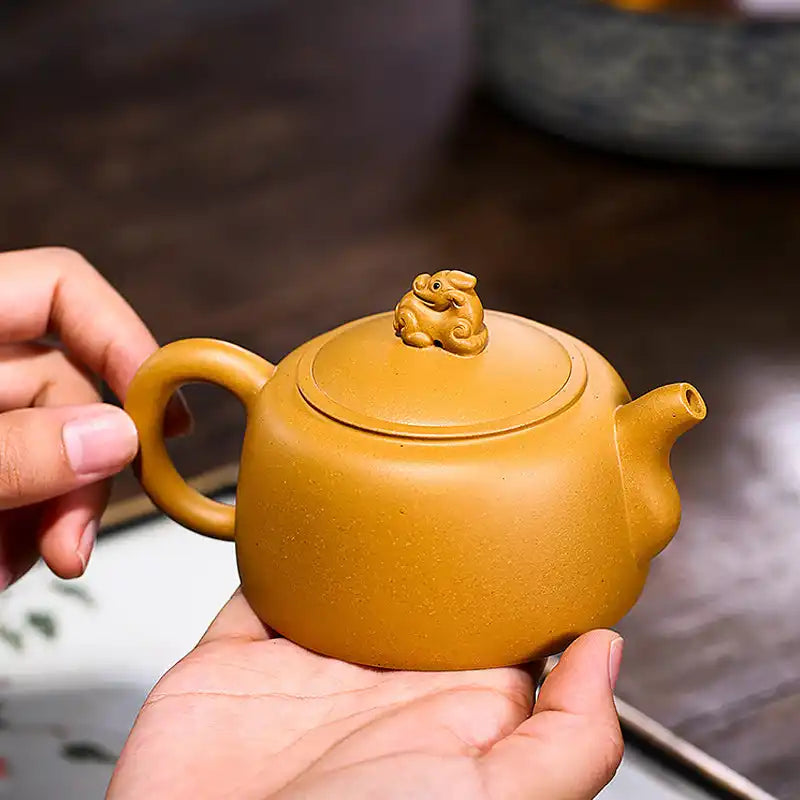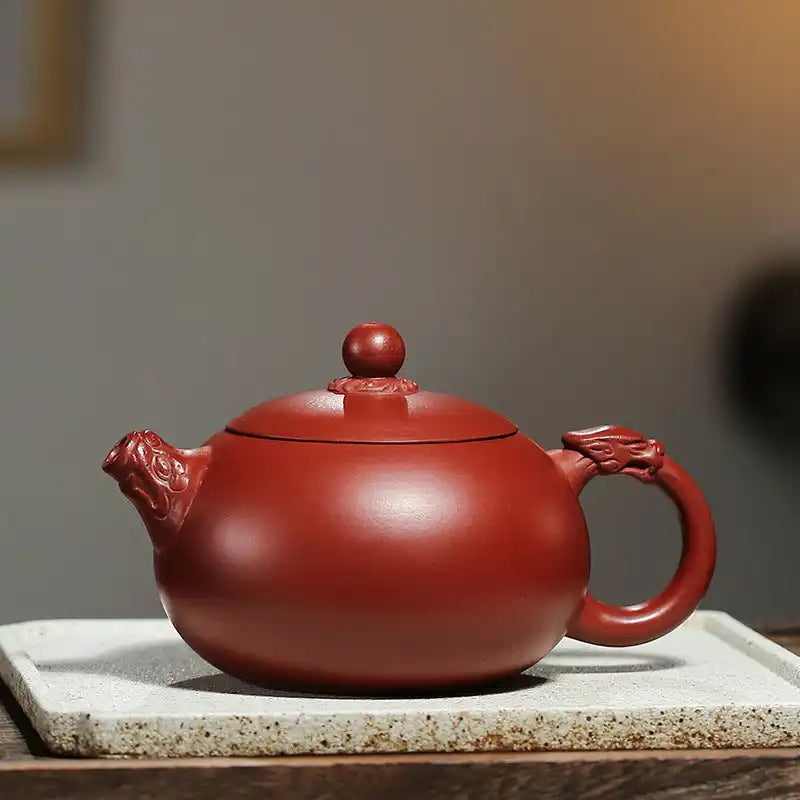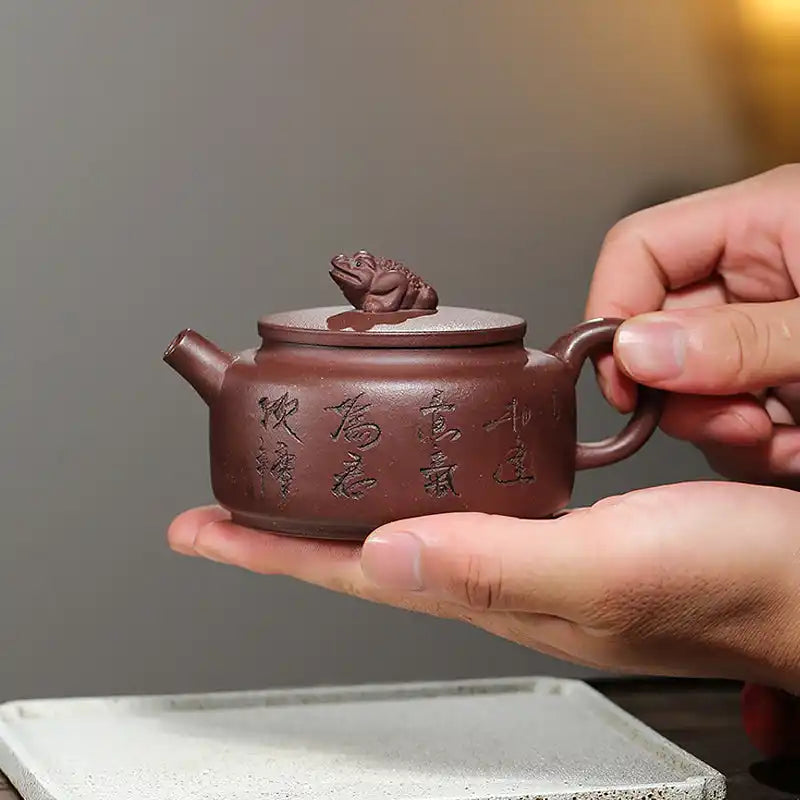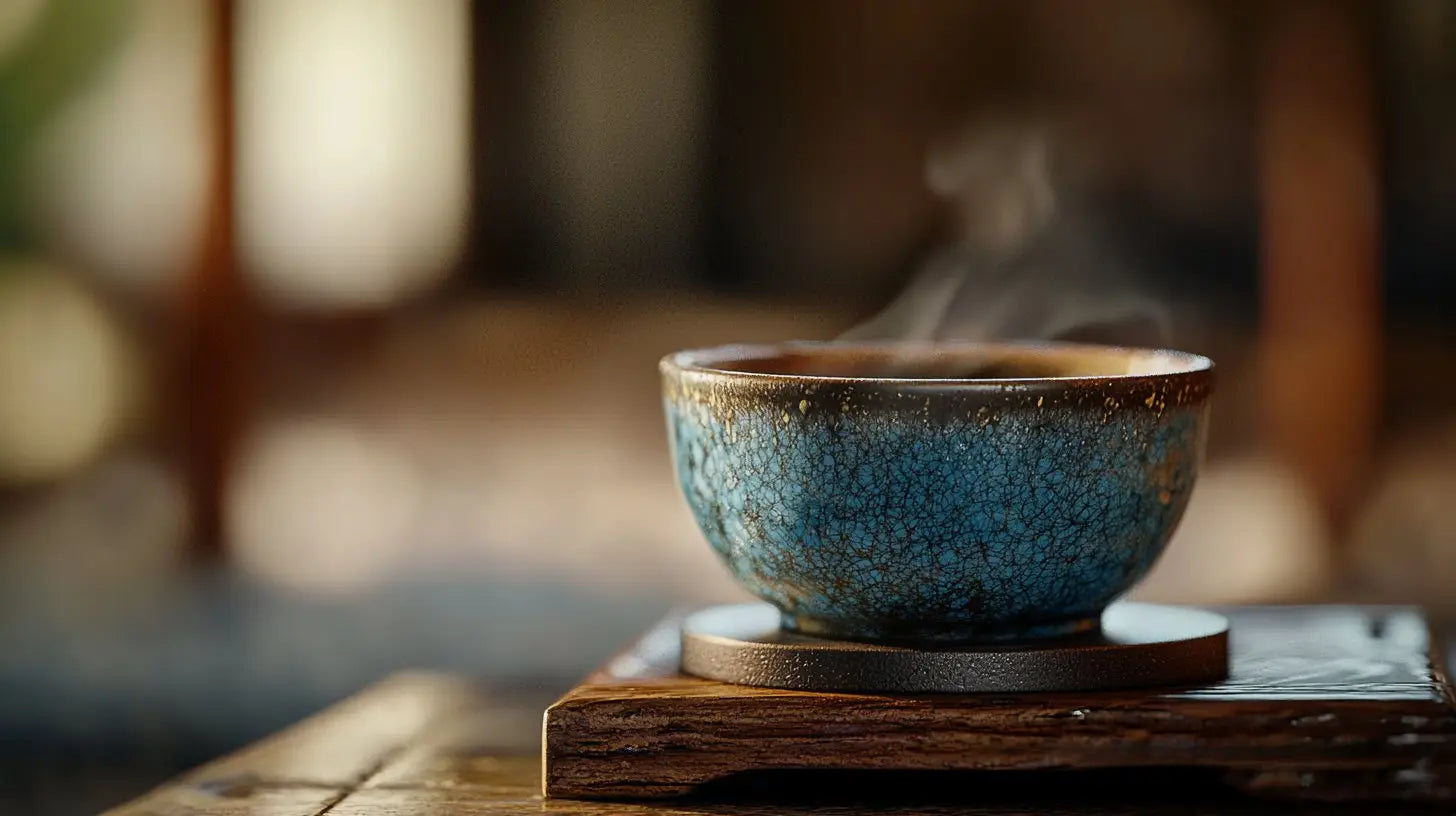🍃 The Complete Guide to Chinese Tea Ceremony: Gongfu Cha for Beginners
Discover the ancient art of mindful tea brewing and connect with 1,000 years of Chinese tea culture through this comprehensive educational guide.

🌟 Understanding Gongfu Cha: The Philosophy Behind the Practice
Gongfu Cha (功夫茶), literally translating to "tea with skill" or "tea with effort," represents far more than a brewing method. It embodies a philosophical approach to life that emphasizes mindfulness, patience, and respect for nature's gifts. This ancient Chinese practice transforms the simple act of preparing tea into a meditative ritual that has been passed down through generations for over 1,000 years.
🏛️ Historical Origins
Gongfu Cha originated during the Song Dynasty (960-1279 CE) in the Fujian and Guangdong provinces of China. Initially practiced by scholars and monks, it gradually spread throughout Chinese society as a way to cultivate inner peace and social harmony. The practice emphasizes the Confucian values of respect, mindfulness, and the appreciation of beauty in everyday life.
Unlike Western tea drinking, which often treats tea as a quick beverage, Gongfu Cha views tea preparation as an art form requiring dedication, practice, and spiritual awareness. Each movement is deliberate, each step meaningful, creating a bridge between the physical and spiritual worlds.
🧘 The Four Pillars of Gongfu Tea Philosophy
- Mindfulness (正念): Complete presence in each moment of the ceremony
- Respect (尊重): Honoring the tea, the process, and fellow participants
- Harmony (和谐): Creating balance between human, nature, and tea
- Tranquility (宁静): Achieving inner peace through focused practice

🫖 Essential Equipment: Understanding Each Tool's Purpose
The beauty of Gongfu Cha lies in its simplicity. While the equipment may seem minimal, each piece serves a specific purpose in creating the perfect tea experience. Understanding these tools helps appreciate the thoughtfulness behind this ancient practice.
🍵 The Gaiwan: The Heart of Gongfu Brewing
The gaiwan (盖碗), consisting of a bowl, lid, and saucer, represents the most versatile and traditional brewing vessel. Its design embodies Chinese cosmology: the saucer represents earth, the bowl represents humanity, and the lid represents heaven. This trinity creates perfect harmony for tea brewing.
Gaiwan Technique Mastery:
- Holding: Use thumb and middle finger on the rim, index finger on the lid
- Pouring: Tilt slightly to create a small gap for controlled flow
- Temperature: The porcelain conducts heat, teaching you to gauge water temperature
- Capacity: 100-150ml allows for proper tea-to-water ratios
🫖 Yixing Clay Teapots: The Living Vessel
Yixing teapots, made from unique purple clay found only in Yixing, Jiangsu Province, are considered the pinnacle of tea brewing vessels. The clay's porous nature allows it to "breathe" with the tea, gradually absorbing flavors and oils to enhance future brews. Master potters spend decades perfecting their craft, creating vessels that improve with age and use.
🎨 The Art of Yixing Clay
Authentic Yixing clay contains unique minerals that react with tea tannins, softening harsh flavors and enhancing the tea's natural sweetness. Traditional potters never glaze these teapots, allowing the clay's natural properties to interact directly with the tea. A well-seasoned Yixing pot can brew flavorful tea using only hot water, having absorbed years of tea essence.
🍵 Tea Cups: Vessels of Appreciation
Traditional Gongfu tea cups are deliberately small (30-50ml) to encourage slow, mindful consumption. The size allows the tea to cool to optimal drinking temperature quickly while concentrating the aroma. Cup materials range from porcelain to clay, each affecting the tea's taste and temperature retention differently.

🍃 Tea Selection: Choosing the Right Leaves for Gongfu Brewing
Not all teas are suitable for Gongfu brewing. The method works best with high-quality, whole-leaf teas that can withstand multiple infusions while revealing complex flavor profiles. Understanding tea characteristics helps you choose the perfect leaves for your ceremony.
🌸 Oolong Tea: The Perfect Gongfu Companion
Oolong teas, with their partial oxidation and complex processing, are considered ideal for Gongfu brewing. The leaves unfurl slowly through multiple infusions, revealing layers of flavor from floral and fruity to roasted and mineral. Traditional oolongs like Tie Guan Yin and Da Hong Pao can provide 8-12 flavorful infusions.
🍂 Pu-erh Tea: The Aged Wisdom
Both raw (sheng) and ripe (shou) pu-erh teas excel in Gongfu brewing. Raw pu-erh offers bright, evolving flavors that change dramatically with each infusion, while ripe pu-erh provides deep, earthy complexity. Aged pu-erh can brew continuously for hours, with flavors deepening rather than weakening.
🌱 Green Tea: Delicate Precision Required
High-grade green teas like Longjing and Bi Luo Chun can be brewed Gongfu style, but require careful temperature control and shorter steeping times. The delicate leaves release their essence quickly, offering sweet, vegetal flavors that showcase the tea's terroir.
🌡️ Water Temperature Guidelines:
- Green Tea: 75-85°C (167-185°F) - Preserves delicate flavors
- White Tea: 85-90°C (185-194°F) - Gentle extraction
- Oolong Tea: 90-95°C (194-203°F) - Optimal for complex flavors
- Black Tea: 95-100°C (203-212°F) - Full extraction needed
- Pu-erh Tea: 100°C (212°F) - Breaks down compressed leaves

🎋 The Seven Sacred Steps of Gongfu Tea Ceremony
The Gongfu tea ceremony follows a precise sequence that has been refined over centuries. Each step serves both practical and spiritual purposes, creating a rhythm that calms the mind and honors the tea.
Step 1: Preparation of Mind and Space (静心)
Begin by creating a peaceful environment free from distractions. Arrange your tea tools thoughtfully, ensuring everything is within easy reach. Take several deep breaths to center yourself and set an intention for your tea session. This mental preparation is as important as the physical setup, as your state of mind directly influences the tea's energy.
Step 2: Warming the Vessels (温器)
Pour hot water into your brewing vessel, then transfer it to each cup before discarding. This step serves multiple purposes: it cleanses the vessels, brings them to optimal temperature, and demonstrates respect for the tea. The warming process also allows you to check that all equipment is functioning properly.
Step 3: Presenting the Tea (赏茶)
Display the dry tea leaves for examination and appreciation. Observe their color, shape, and integrity. Inhale the dry aroma, noting any fragrances present. This step connects you with the tea's origin and quality, building anticipation for the brewing process. Share observations with others if brewing for guests.

Step 4: Awakening the Tea (醒茶)
Add the measured tea to your brewing vessel and pour hot water over the leaves. Immediately discard this first infusion without drinking it. This "awakening" rinse removes any dust, opens the leaves, and prepares them for proper brewing. Watch as the leaves begin to unfurl and release their initial aromas.
Step 5: The First True Infusion (第一泡)
Pour hot water over the awakened leaves, ensuring even saturation. Steep for the appropriate time based on your tea type - typically 20-30 seconds for the first infusion. The goal is to extract the tea's essence without bitterness. Pour the entire infusion out, leaving no liquid with the leaves.
Step 6: Appreciation and Tasting (品茗)
Before drinking, observe the tea's color, clarity, and aroma. Notice how the wet leaves smell different from the dry leaves. Take small, mindful sips, allowing the tea to coat your palate. Pay attention to the initial taste, the middle notes, and the lingering aftertaste. This mindful appreciation is the heart of Gongfu Cha.
Step 7: Subsequent Infusions (续泡)
Continue brewing with gradually increasing steeping times. Each infusion reveals different aspects of the tea's character - some may be more floral, others more mineral or sweet. High-quality teas can provide 6-12 flavorful infusions, with the best often coming in the middle rounds rather than the first.

🧘 The Meditative Aspects of Gongfu Tea Practice
Beyond the physical act of brewing, Gongfu Cha serves as a form of moving meditation. The repetitive, mindful actions create a state of focused awareness that calms the mind and reduces stress. Regular practice develops patience, concentration, and appreciation for subtle sensory experiences.
🌸 Cultivating Mindfulness Through Tea
Each element of the ceremony offers opportunities for mindful awareness:
- Water sounds: Listen to the changing pitch as water heats and pours
- Steam observation: Watch steam patterns rise from hot water and tea
- Aroma meditation: Focus completely on the evolving scents
- Taste awareness: Notice how flavors change across your palate
- Temperature sensitivity: Feel the warmth of cups and brewing vessels
🎭 Common Mistakes and How to Avoid Them
Learning Gongfu Cha requires patience and practice. Understanding common mistakes helps accelerate your learning and prevents developing bad habits that can diminish your tea experience.
⚠️ Frequent Beginner Errors:
- Over-steeping: Leaving tea too long creates bitterness. Start with shorter times and gradually increase.
- Wrong water temperature: Too hot water burns delicate teas. Invest in a thermometer until you develop intuition.
- Poor water quality: Chlorinated or hard water masks tea flavors. Always use filtered or spring water.
- Rushing the process: Gongfu Cha is about slowing down. Embrace the meditative pace.
- Using too much tea: Start with less and adjust. It's easier to add more than to fix an overpowering brew.
- Inconsistent timing: Keep track of steeping times to understand how they affect flavor.
🌍 Cultural Etiquette and Social Aspects
When sharing Gongfu Cha with others, understanding proper etiquette enhances the experience and shows respect for the tradition. These customs have developed over centuries to create harmony and mutual respect among tea drinkers.
🤝 Traditional Tea Etiquette:
- Serving order: Serve the eldest or most honored guest first, then proceed by age or status
- Receiving tea: Accept cups with both hands as a sign of respect and gratitude
- Table tapping: Tap the table twice with your fingers to silently say "thank you"
- Teapot positioning: Never point the spout directly at someone, as this is considered rude
- Conversation: Keep discussions peaceful and avoid controversial topics during tea time
- Pace: Follow the host's rhythm; don't rush or pressure others to drink quickly

As your Gongfu Cha skills develop, you can explore advanced techniques that add artistry and deeper meaning to your practice. These methods require patience and practice but offer greater connection with the tea and the tradition.
🎨 The Art of Pouring
Master tea practitioners develop signature pouring styles that become part of their personal tea expression:
- Phoenix Nodding (凤凰点头): Three gentle pours that mimic a phoenix drinking water
- High Pour (高冲): Pouring from height to aerate the tea and create visual beauty
- Circular Pour (回旋注水): Moving the water stream in circles for even leaf saturation
- Controlled Flow (控制水流): Varying pour speed to control extraction intensity
🧘 Developing Tea Meditation
Transform your tea practice into deeper spiritual work through focused meditation techniques:
- Breath awareness: Coordinate breathing with each step of the ceremony
- Gratitude practice: Acknowledge the journey from tea plant to cup
- Sensory meditation: Focus intensely on one sense at a time
- Loving-kindness: Send positive intentions through the tea to all beings
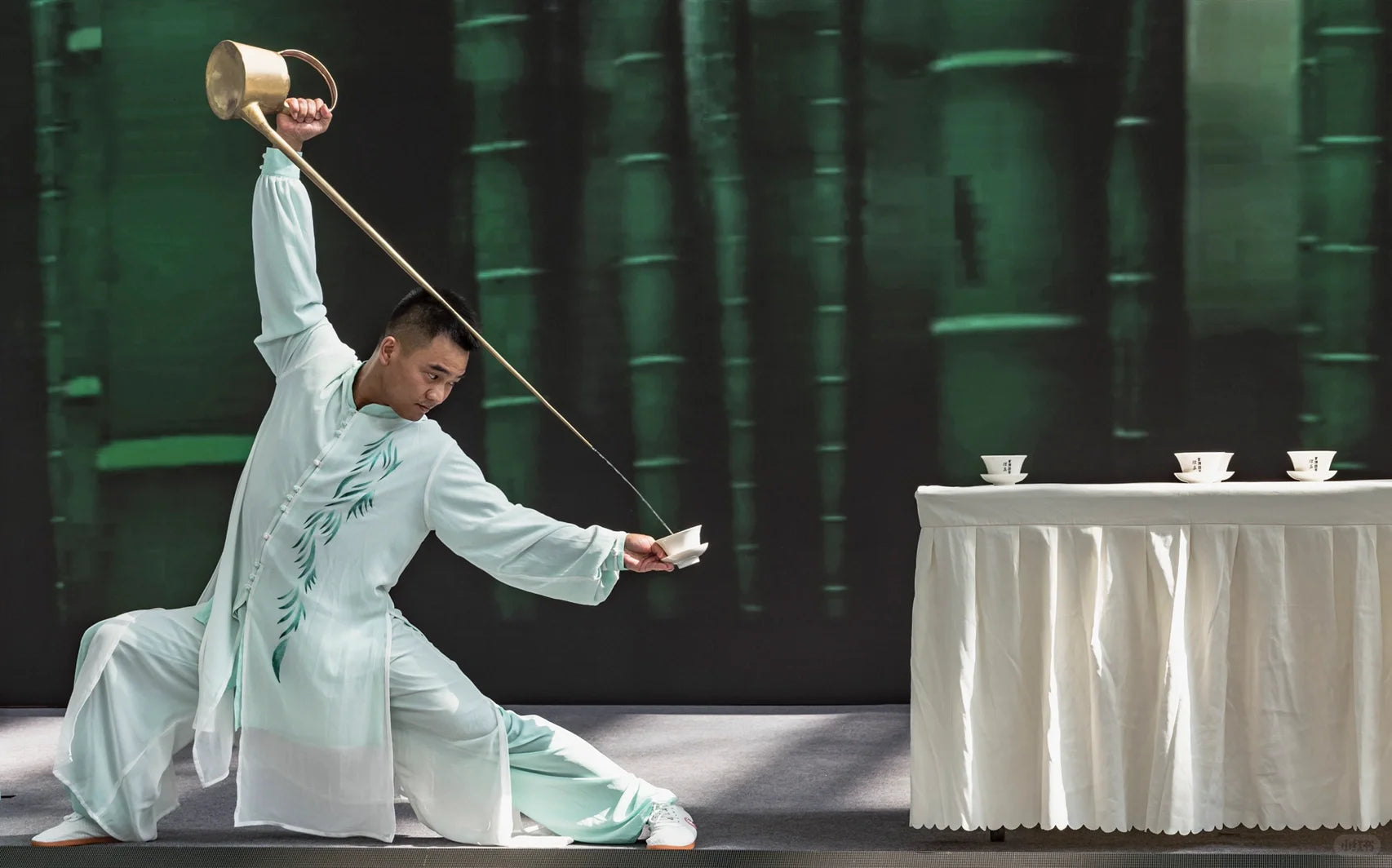
📚 Deepening Your Understanding
Gongfu Cha is a lifelong journey of learning and refinement. The more you practice, the more subtle aspects of tea and ceremony reveal themselves. Consider these ways to deepen your understanding:
- Study tea origins: Learn about different tea regions and their unique characteristics
- Seasonal awareness: Notice how the same tea tastes different throughout the year
- Water exploration: Experiment with different water sources and their effects on tea
- Historical study: Read classical Chinese texts about tea culture and philosophy
- Community practice: Join local tea groups or online communities for shared learning
"Tea is not just a beverage, but a teacher of patience, a cultivator of mindfulness, and a bridge between the material and spiritual worlds. In each cup, we find not just flavor, but wisdom." - Lu Yu, The Classic of Tea (茶经)
🛒 Beginning Your Gongfu Tea Journey
If you're inspired to start practicing Gongfu Cha, having the right equipment makes a significant difference in your experience. While you can begin with basic items, investing in quality tools enhances both the practical and spiritual aspects of your practice.
🎁 For Complete Beginners
Starting with a complete Gongfu tea set provides everything needed for authentic practice, including detailed instructions and premium tea samples to begin your journey.
🍃 Recommended Practice Teas
High-quality oolong teas are ideal for learning, as they're forgiving and reveal their complexity through multiple infusions. Premium loose leaf varieties ensure you experience the true potential of Gongfu brewing.
📖 Continue Your Tea Education
Explore our other educational resources, including guides on selecting authentic Chinese teas and understanding the cultural significance behind traditional teaware.
🌟 Conclusion: Embracing the Way of Tea
Gongfu Cha offers far more than a method for brewing tea—it provides a pathway to mindfulness, cultural appreciation, and inner peace. Through regular practice, you develop not only better tea-making skills but also greater patience, awareness, and appreciation for life's subtle pleasures.
Remember that mastery comes through consistent practice, not perfection. Each tea session offers opportunities to learn something new about the tea, the process, and yourself. Whether brewing alone for personal meditation or sharing with others, Gongfu Cha creates moments of tranquility and connection in our busy modern world.
Begin with curiosity and respect for the tradition. Allow the tea to be your teacher, and let each cup guide you deeper into this ancient art of mindful living.



